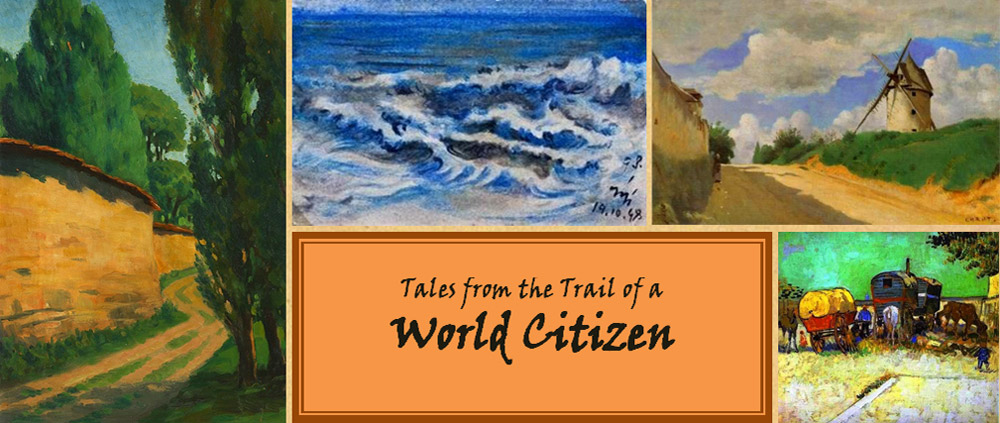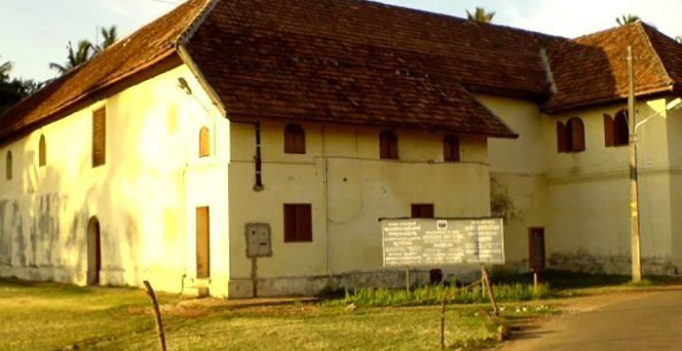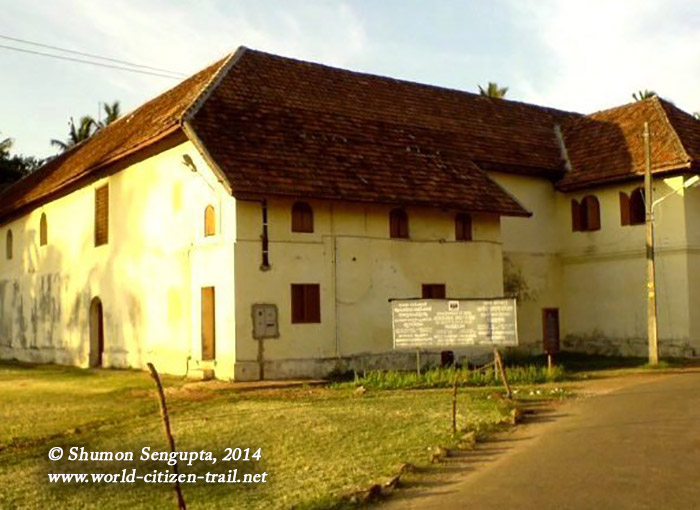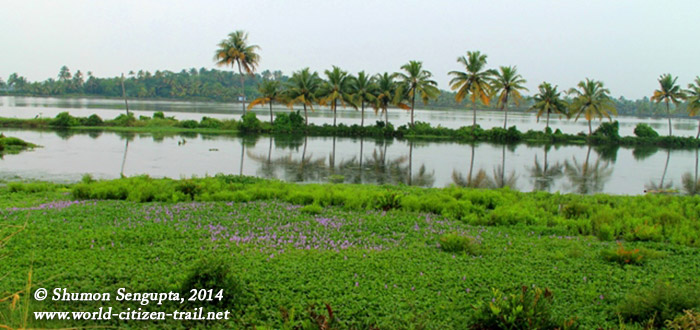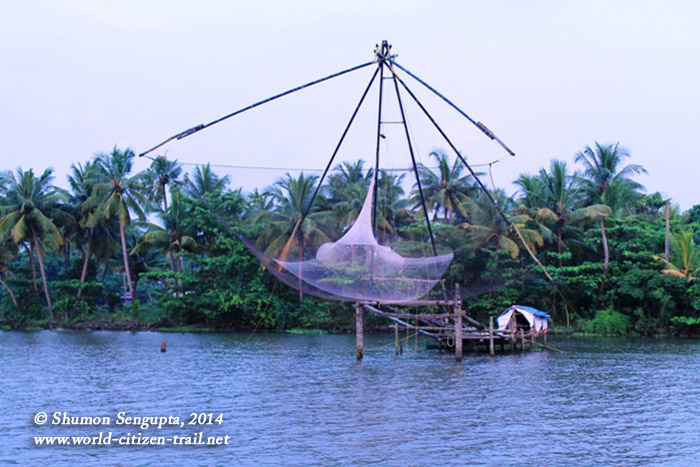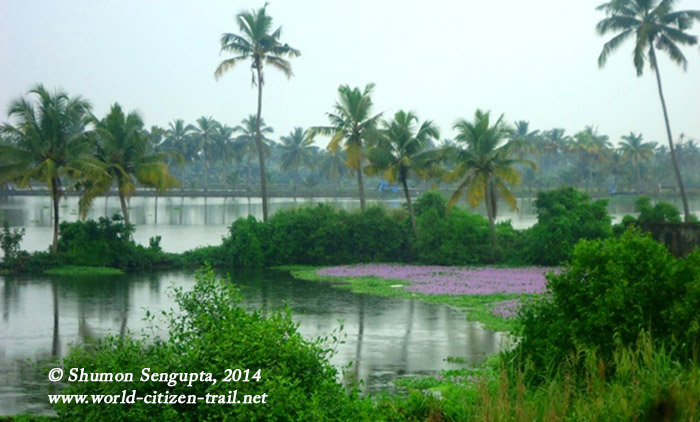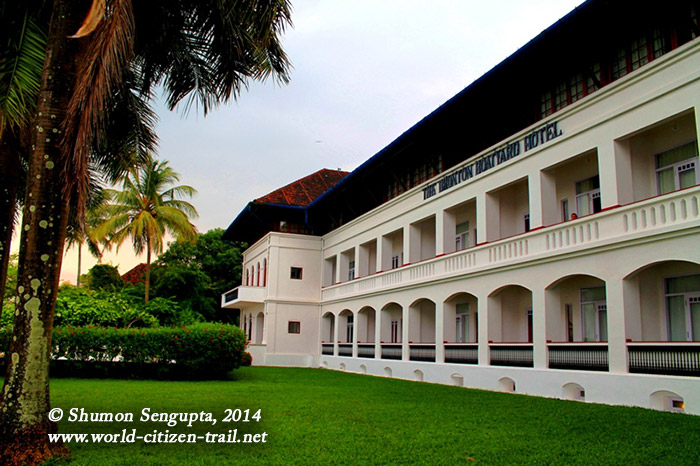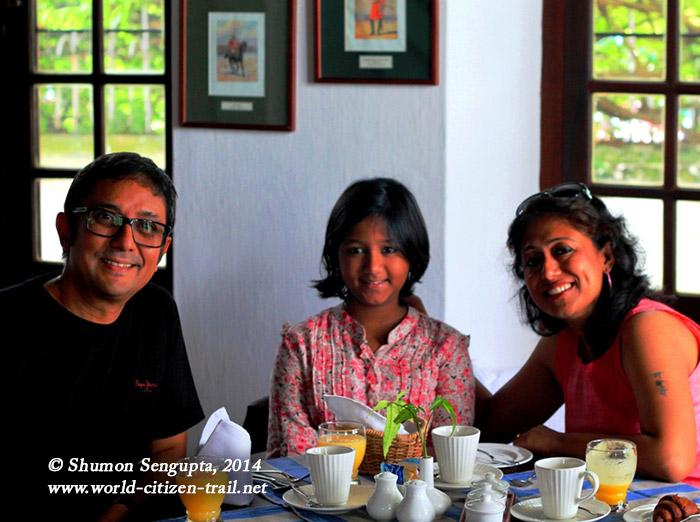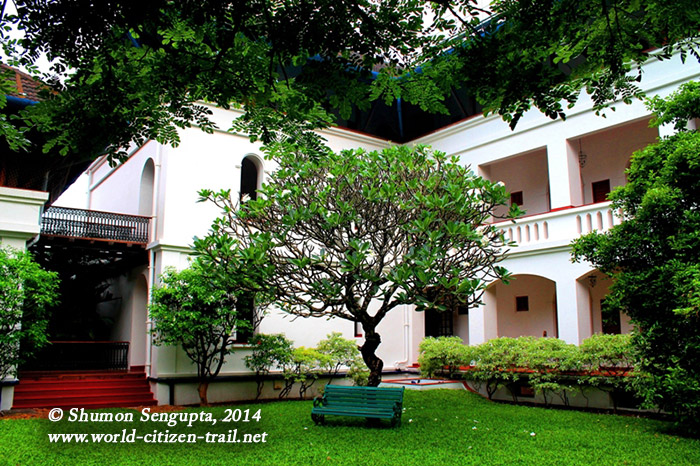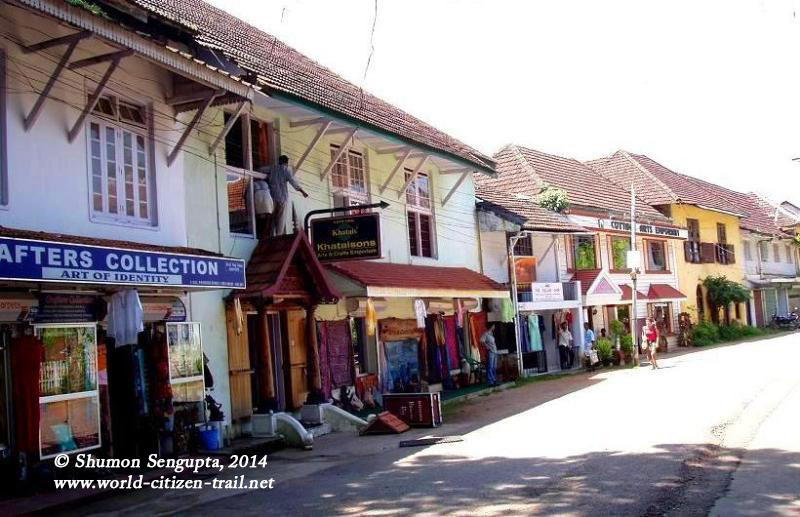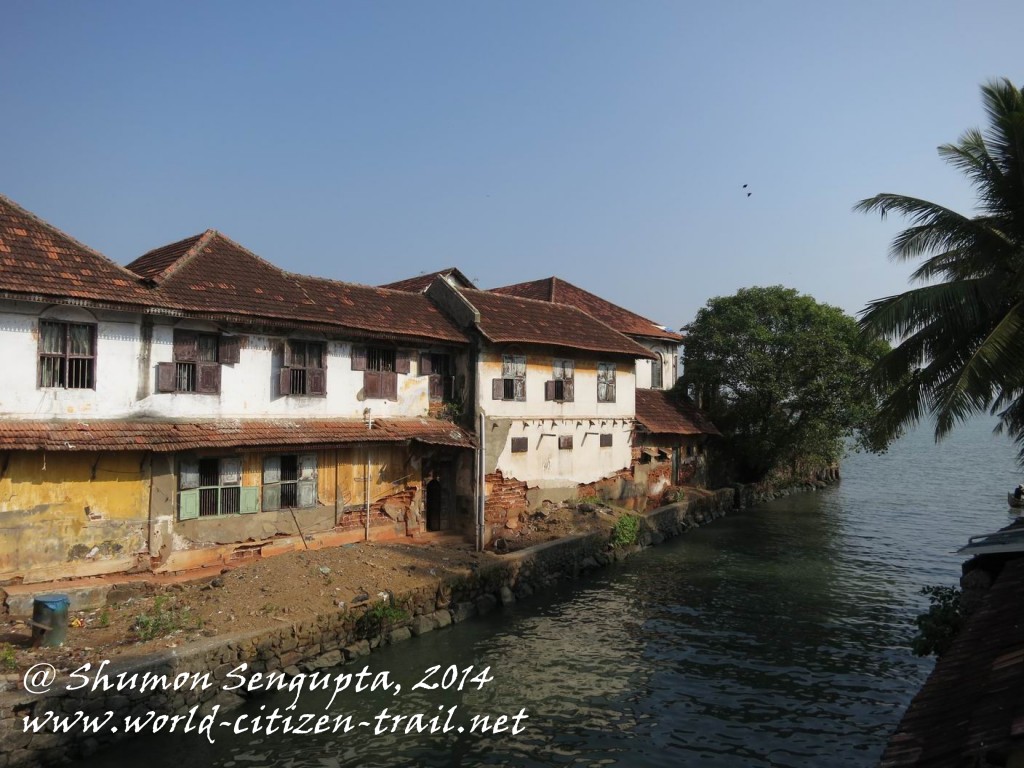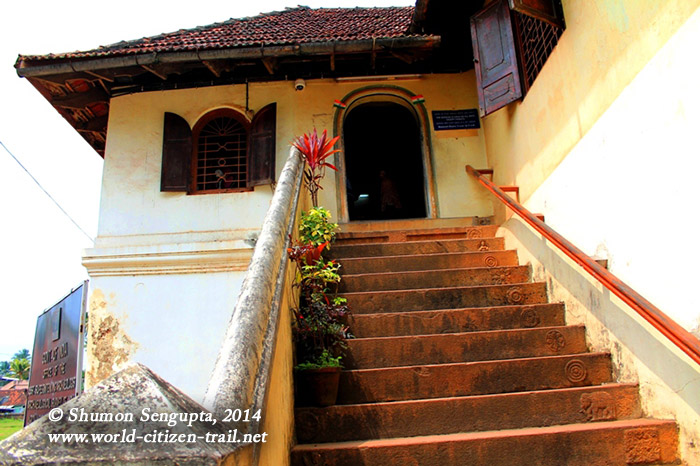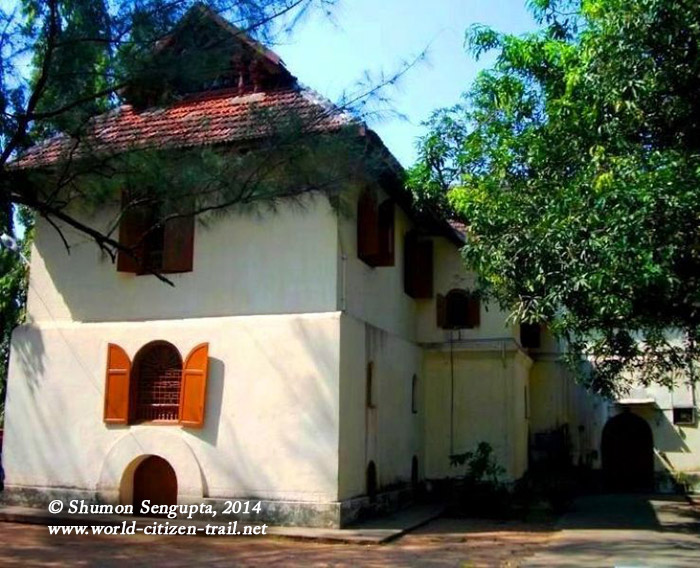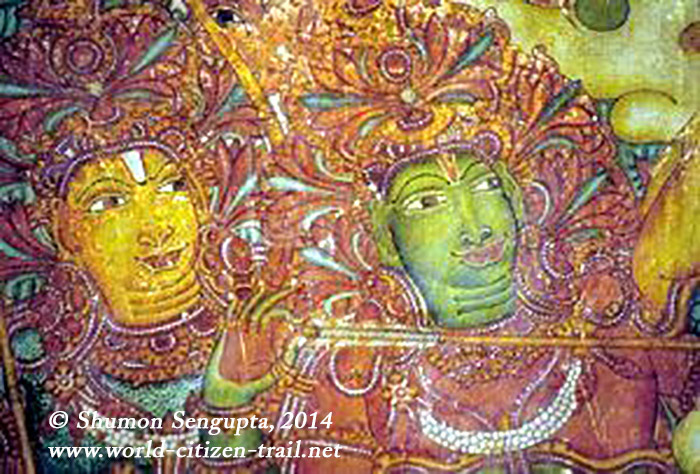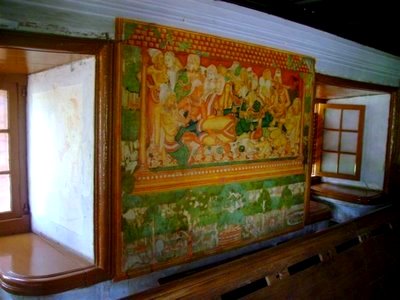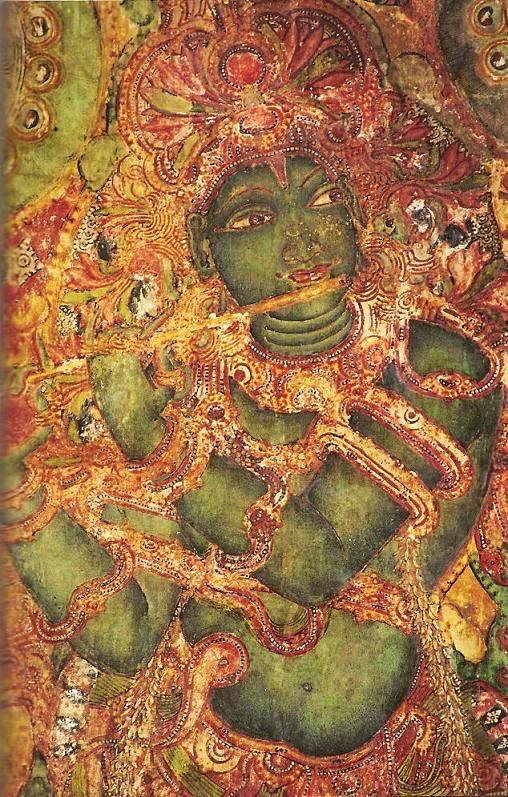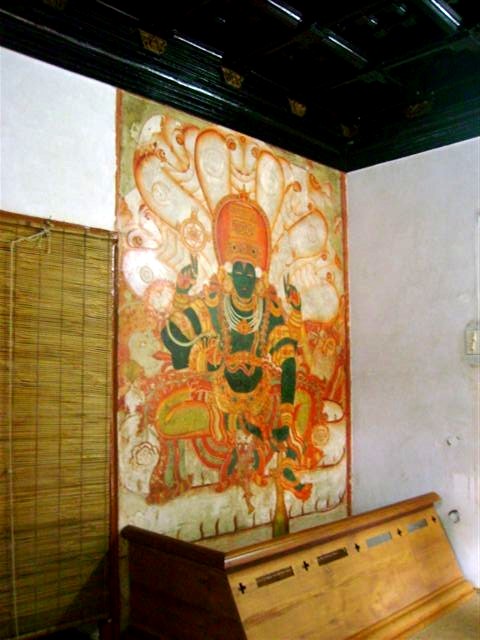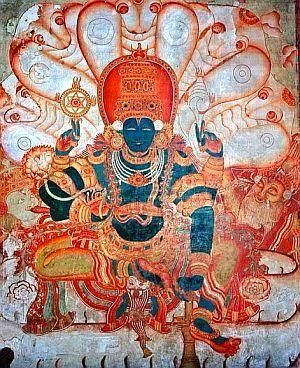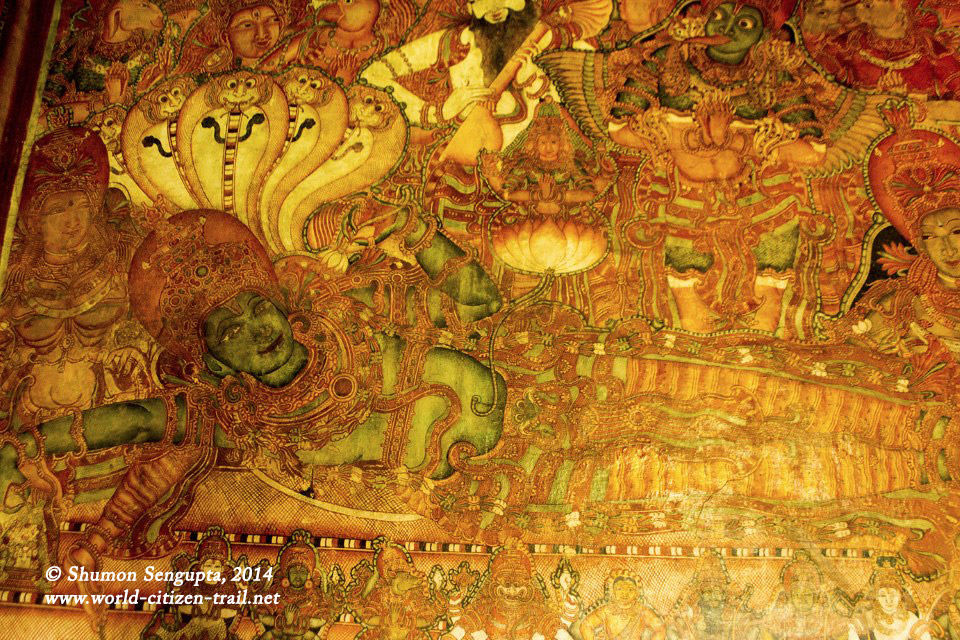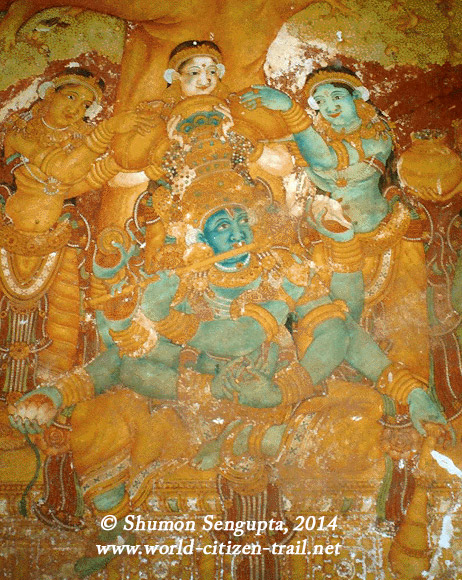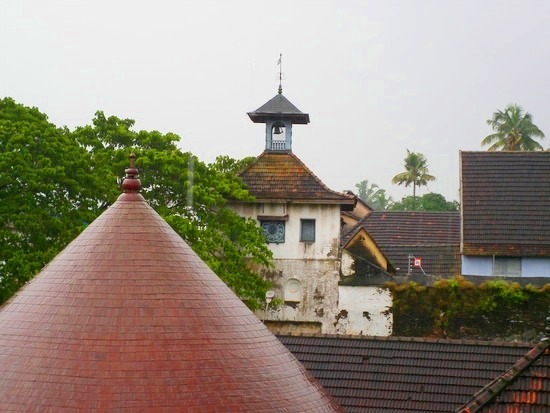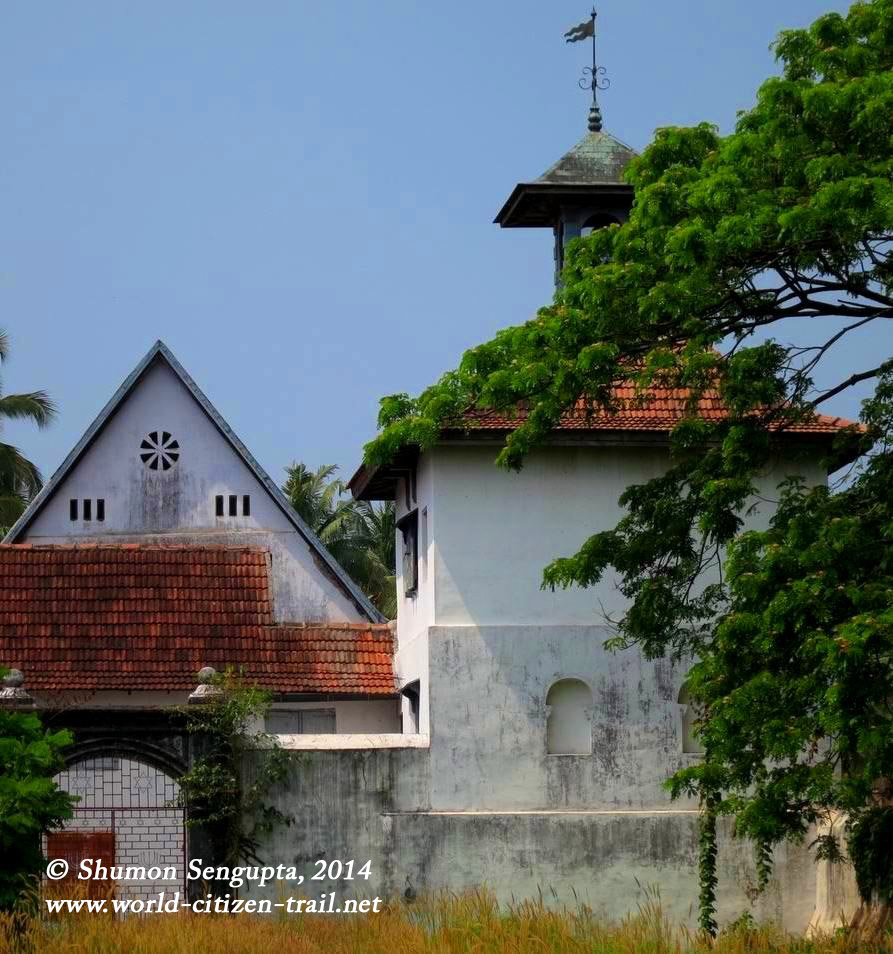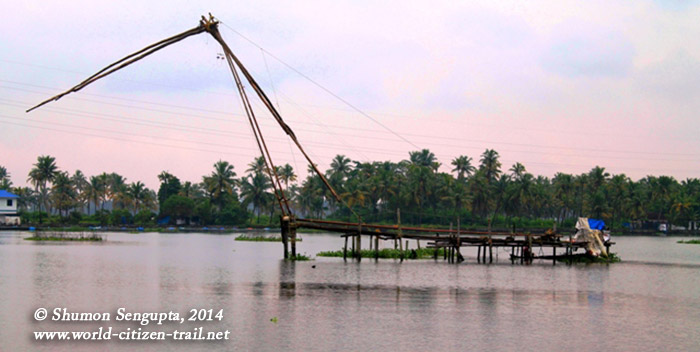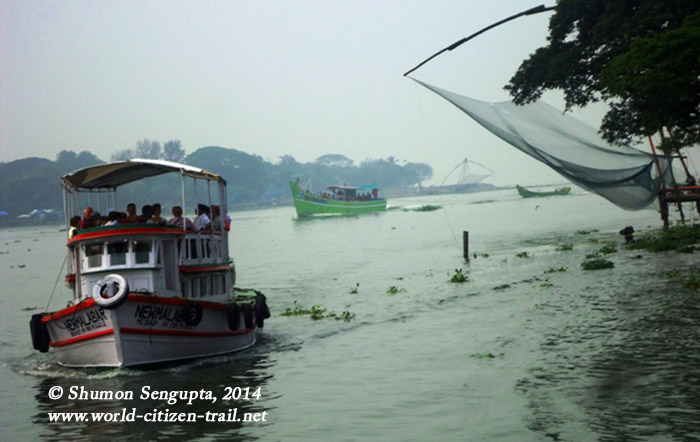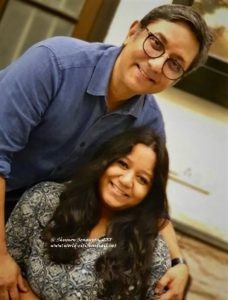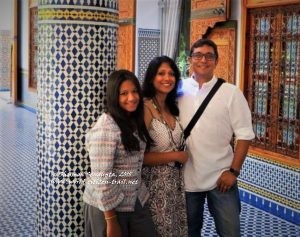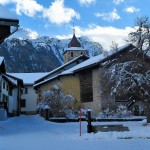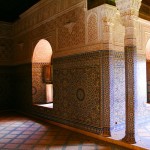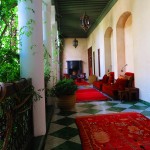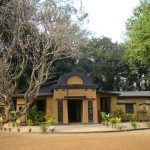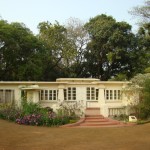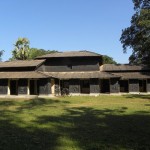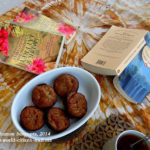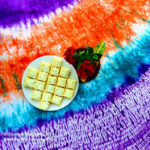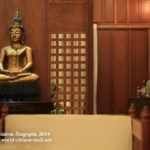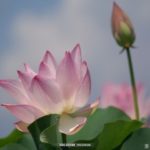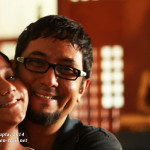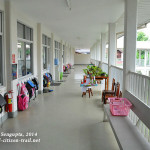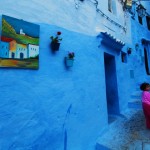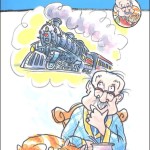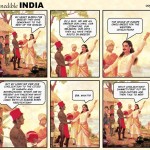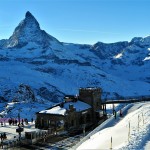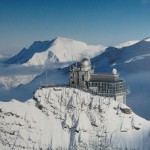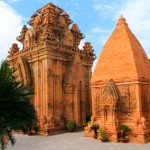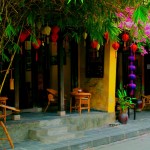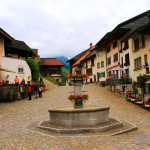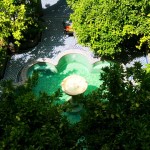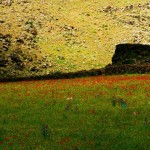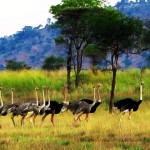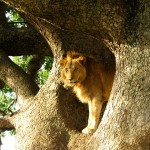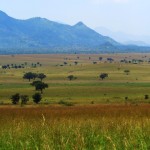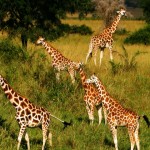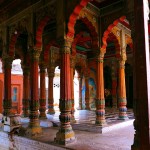********************************************************************
We visited “God’s Own Country” from the 20th of October to the 3rd of November 2013 with Compass India Inc. The customized tour was designed well in advance, based on extensive conversations with Compass’s highly competent staff. Clearly, they knew their business well. The “15 day Kerala Experience” was impeccably organized by Compass.
We took the early morning flight from Kolkata to Mumbai and from there to Kochi, where, at the airport, we met our guide and driver. After a brief detour to Kaladi (the birthplace of the famous medieval Hindu saint and scholar Adi Shankacharya), we headed off to Kochi. We drove through the Selam-Kanyakumari highway through to Aluva, Kalamassery and Edapally. We then took the right hand turn from the Kundannoor junction, crossed the bridge toward Willington Island, went past the Kochi Shipyard, the Southern Headquarters of Indian Navy and the Central School into Wellington Island and from there to Fort Kochi.
The journey, which took about an hour and half, was slow because of the traffic. It nevertheless had some high points in that we crisscrossed over backwaters and canals and over few bridges to finally arrive at the fascinating town of Fort Kochi around six in the evening. Kochi, we found was spread over a maze of canals and backwaters, narrow and broad, shallow and deep – meandering between numerous islands, dotted with coconut trees and lush mangroves. We also went past charming temples, churches and mosques – the mosques and churches being modern, traditional as well as of mixed influences.
We stayed in Kochi for four nights and three days. For the first two nights, we stayed at the Brunton Boatyard in Fort Kochi and for the remaining two nights, at the amazing heritage property – the mini royal retreat of Chittoor Kootaram in Ernakulam. I shall write about both these amazing properties in some detail in subsequent posts.
The next day, after a sumptuous breakfast at Brunton Boatyard, we ventured out to explore the fascinating town of Fort Kochi – a literal palimpsest in history and architecture.
Fort Kochi and the adjoining area of Mattancherry, as we discovered were full of secrets, surprises and delights; sights, sounds and smells – waiting to be discovered by the curious and discerning visitor. Quant old narrow lanes lined with curio shops; colonial buildings of different architectural influences and character; temples, churches (of different persuasions of the Christian faith), mosques and even a synagogue; medieval warehouses and shops redolent with the fragrance of spices, scents and oils; art galleries; cafes, restaurants and fish stalls where you can buy your fish fresh and get it cooked in the nearby restaurant; Chinese fishing nets on the sea front, charming boutique hotels and stately bungalows – all combined with a laid back unhurried atmosphere lend Fort Kochi a magical feel, almost as it were in a time warp. One can spend days exploring the place – its lanes and alleys, soaking in the atmosphere.
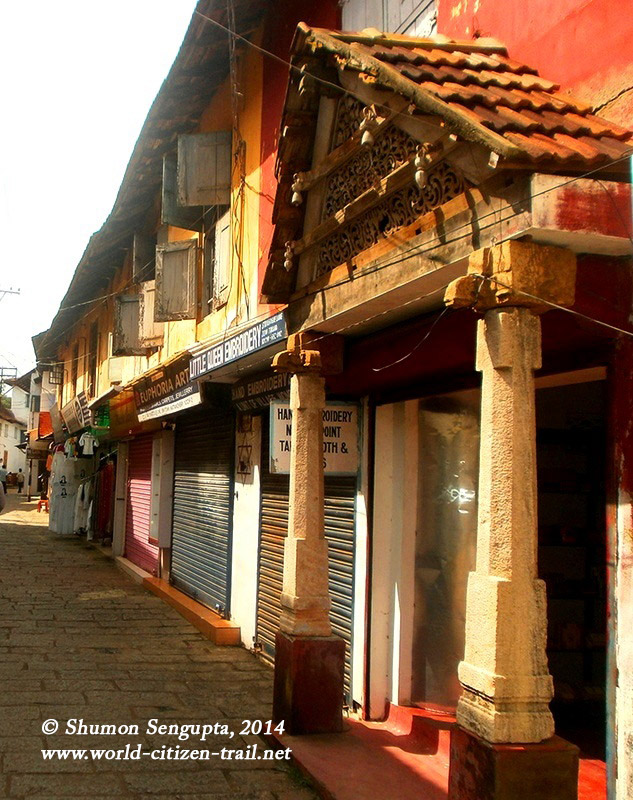 Mattancherry is the western part of Fort Kochi and was once the capital of the Hindu rulers of Kochi. It has long been an important centre for trade and has attracted, by the lure of its spices and other priced commodities, Portuguese, Dutch and British traders to set up businesses and built settlements over the centuries. These colonial powers have traded, invaded, occupied, destroyed, built and enriched Kochi, leaving behind their distinct foot prints over the course of history. They have left their mark on the physical, social, religious and cultural landscape of Fort Kochi and Mattancherry.
Mattancherry is the western part of Fort Kochi and was once the capital of the Hindu rulers of Kochi. It has long been an important centre for trade and has attracted, by the lure of its spices and other priced commodities, Portuguese, Dutch and British traders to set up businesses and built settlements over the centuries. These colonial powers have traded, invaded, occupied, destroyed, built and enriched Kochi, leaving behind their distinct foot prints over the course of history. They have left their mark on the physical, social, religious and cultural landscape of Fort Kochi and Mattancherry.
Also, given the openness of the traditional rulers of Kochi, Mattancherry and Fort Koch have been hosts to a diverse set of immigrant communities. The communities that have made Mattahchery their home and flourished include the Jews, Kutchi Muslims from Gujarat, the Gujarati Jains and Konkanis. One can therefore find people of different linguistic, religious and ethnic backgrounds, coexisting harmoniously in the place.
Mattancherry Palace or the “Dutch” Palace:
Our first destination was the famous “Dutch Palace” in Mattanchary. This palace was originally built in 1557 (around the same time young Akbar became the Mughal emperor in North India). Although commonly known as the Dutch Palace, it was originally built by the Portuguese for the Raja of Cochin, in return for trading privileges. Moreover, in the early years, the Portuguese had plundered many Hindu temples. So this was one way to appease the Raja before currying favours from him.
Over a century later, in 1663, the Dutch renovated and further expanded the building to its present dimensions. Hence it is popularly known as the Dutch Palace.
The palace, we were told, has been painstakingly restored in recent years and the wood work has been cleaned, polished and restored near to its original state.
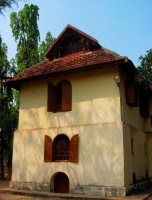 To me, from the outside, the two storied building looked rather plain for a royal palace. Its facade was made up of stark whitewashed walls and had sloping tiled roofs, devoid of any ornamentation. The stone steps that lead to the main entrance on the second floor had some minimalistic carvings on the sides.
To me, from the outside, the two storied building looked rather plain for a royal palace. Its facade was made up of stark whitewashed walls and had sloping tiled roofs, devoid of any ornamentation. The stone steps that lead to the main entrance on the second floor had some minimalistic carvings on the sides.
Although the palace had Portuguese and Dutch influences (the arches, the proportions and layout of its chambers), I was told that it was built in the traditional south Indian quadrangular design, with four separate wings opening into a central courtyard. The central courtyard had a small family temple (dedicated to Bhagawathi, the mother Goddess). The palace is flanked by two other temples on the two sides, one dedicated to Lord Shiva (the Destroyer in the Hindu Pantheon) and the other to Sri Krishna (the human incarnation of Lord Vishnu – the Protector in the Hindu Pantheon).
We took a leisurely tour of the palace and admired the elaborate wood work on the ceilings. Some of the floors were very unusual in that they were made of a mixture of burnt coconut shells, lime, plant juices and egg-whites. The finish is so perfect that we initially mistook it for black stone. These represent rare examples of traditional Kerala flooring, a technique now obsolete.
Honestly, I though the architecture of the palace was rather basic. Traditional Kerala architecture, as can be seen in many other palaces, is much more elaborate, grand and exquisite, I think. Neither was the palace among the best examples of Indo-Dutch / Portuguese 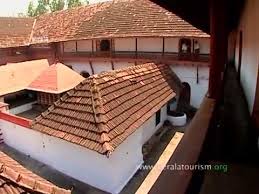 architecture, in my view. The true value of this palace lay elsewhere – not in its architecture.
architecture, in my view. The true value of this palace lay elsewhere – not in its architecture.
We walked along the large central hall on the upper floor, which in the past we were told, served as the venue for the coronation of the Raja of Cochin. We found that it had elaborately carved, deep brown wooden ceiling designed in a grid pattern. The large dining hall too had an ornately carved wooden ceiling, embellished with decorative brass cups.
Murals inside the Dutch Palace:
(Photography inside the palace is not permitted. I have therefore used photos from the net, hopefully without any copyright violations)
We marveled at the breathtakingly beautiful and complex murals, rendered in resplendent warm colors on some of the inner walls of the palace. The murals are assessed to have been done between the 17th and 18th century and explore themes and stories from Hindu mythology. The King’s chamber originally had the entire Ramayana (the Hindu epic) painted in a single mural.
Highlights of the murals were the elaborate and rather graphic depiction of the birth of the Lord Rama and his brothers in the King’s chamber. Stories from the life of Shri Krishna – particularly the vividly erotic depiction of his dalliance with the gopinis were to be found in the queen’s chamber. In addition, there were murals of various gods and goddesses.
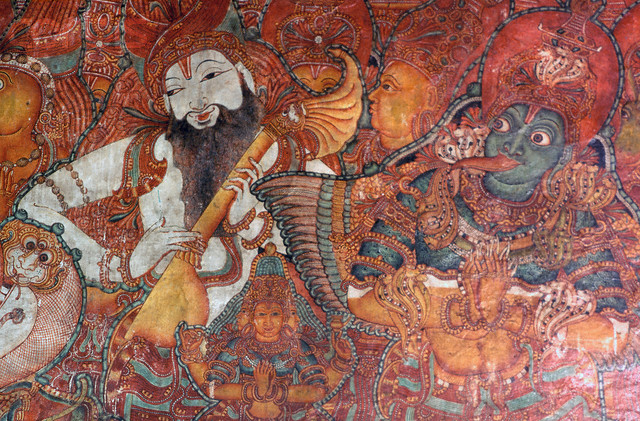
Sage Narada (with the lute) and anthropomorphic Garuda the Eagle (Vehicle of Lord Vishnu) Photo Source: Internet
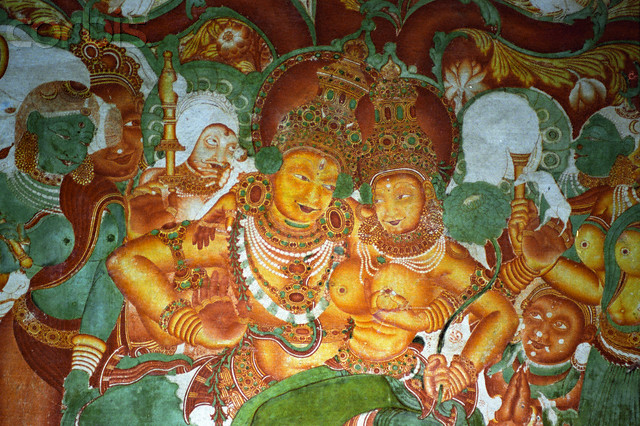
Lord Shiva having fun with his wife, Goddess Parvathi .. both are happy and smiling …. Photo Source: Internet
There was an explicitly erotic mural depicting the union of Lord Shiva (the Destroyer in the Hindu Pantheon) with Mohini (the enchantress – female form of Lord Vishnu), resulting in the conception of Lord Ayyappa – a popular south Indian local deity, whose temple in located in Shabarimala in Kerala. This particular mural had vivid depiction of animals copulating all over the place. Sex is in the air! Everyone is having a good time, except for Goddess Parvathy (wife of Lord Shiva) who is sitting on Nandi (the Bull) and is disgusted to see her husband in a compromising position with another woman.
Well celebration of sexuality and its depiction in the arts is not new to the Hindu; eroticism is very common in Hindu art and sculpture – so I was not surprised.
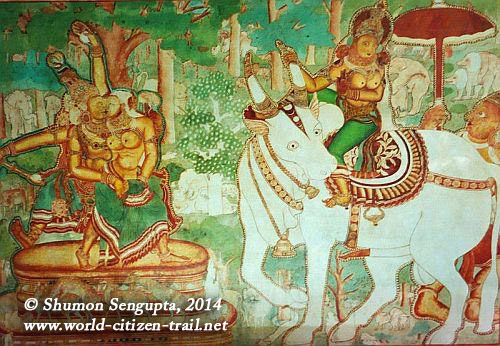
Lord Shiva caught in the act by his wife; everyone is having a jolly good time other than Goddess Parvathy: Photo Source – Internet
On some of the walls, we only found outlines drawn – the Murals, for some unknown reason, never completed by the artist. We admired a majestic depiction of the seated Vishnu (Vaikuntanatha) under the canopy of five-hooded Anantha-naga.
Another exquisite and highly complex Mural was the “Anantashayana” – Lord Vishnu reclining amidst the coils of Anantha – the serpent. A lotus emerges from his naval, on which is seated Lord Brahma (the Creator in the Hindu Pantheon).
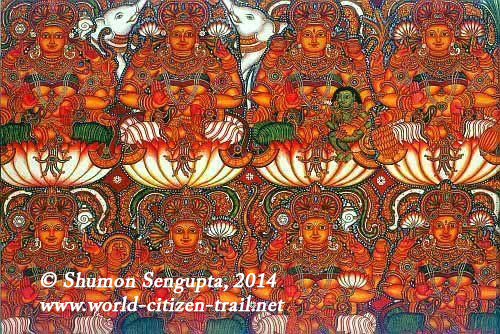
Different forms of Goddess Lakshmi – the Hindu Goddess of Wealth and Beauty. This is a later day mural.
Rendered in the traditional Kerala Mural style, the origins of the style can be traced in the ancient temples of Kerala. As you would have noticed, the murals at this palace are distinguished by elaborate ornamentation, intricate details, subtle facial expressions and fullness of bodies, to the extent of being voluptuous. Even male characters are depicted in generous curves and folds. There is a general lack of perspective, although to a limited extent, the suggestion of depth is indicated through subtle shading. In general, like most other mural paintings in India, there is intense crowding of space – packed images characterized by fluid lines and exquisite detailing.
Although themes are often separated from each other with ornamental borders, the visual narrative of events or moments, although very complex, has a smooth flow and each image of panel smoothly flows into the other, without any sudden jerk, conveying a sense of continuity. The murals are distinguished by their subtlety, with a very delicate interplay between static positions and placid movement of characters.
I just can’t say enough for these splendid murals – suffice to say, we were spellbound.
We also saw the heirlooms (not particularly impressive though) of the royal house of Cochin and royal memorabilia that included attires, turbans, weapons and household goods as well as many portraits of the royal family.
In the exhibit area, the history of the royal line of Cochin was well depicted with the help of photographs and write-ups. Of particular interest to us was the evolution of the dress code of the Rajas – from the humble unstitched cotton cloths worn in the early days to elaborate, bejeweled attires influenced in later days by the Muslim rulers of Mysore. What was also of great interest to us was the substantial work the royal family of Cochin had done is the past to spread education. Photographs of girls / young women from the royal family, who had completed their higher education in those early days, were particularly inspiring.
From the upper floor of the palace, we could see the Synagogue at a distance, amidst the tiled roofs of the temple in the foreground. By all means it was a unique sight. The Dutch Palace was simple and charming – its true treasure being the exquisite murals.
From the Dutch Palace, we proceeded to the Paradesi Synagogue in the adjoining Jew-Town area.
More about that fascinating place in my next post… Meanwhile, I leave you with some more photographs we took while travelling to Kochi from the Airport.
